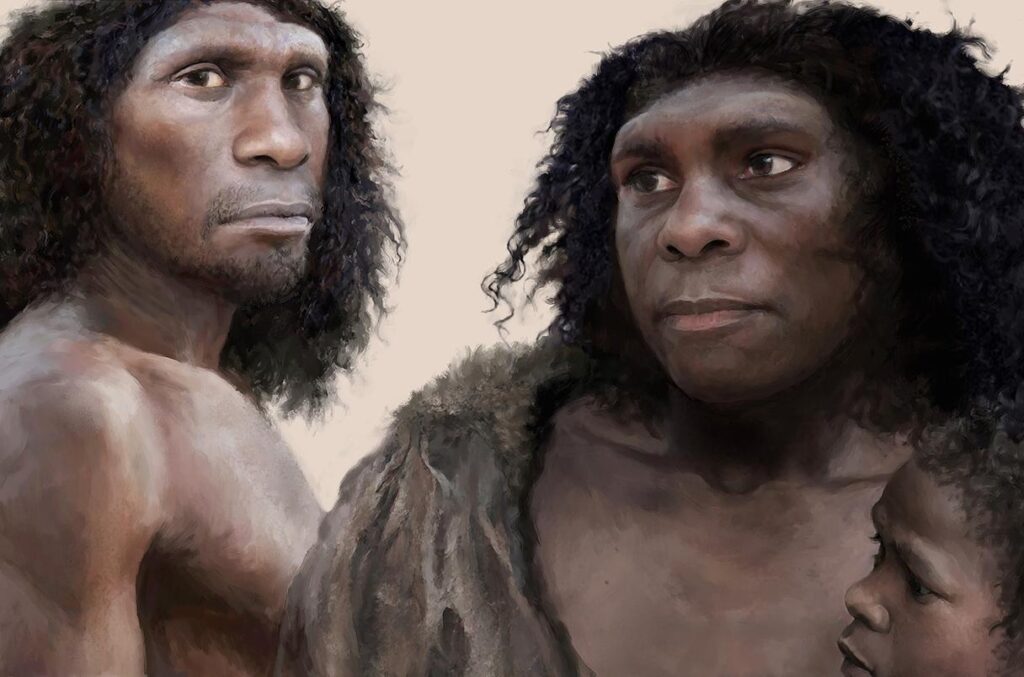Scientists have long been fascinated by Neanderthals, our closest extinct human relatives. Now, advances in genetic engineering and cloning technology suggest that bringing Neanderthals back to life could be possible within the next two decades. However, the prospect raises complex ethical, ecological, and scientific questions. As researchers weigh the potential benefits against the risks, the debate intensifies over whether reviving a species that vanished tens of thousands of years ago is a groundbreaking opportunity or a perilous gamble.
Ethical Challenges Surrounding the De-Extinction of Neanderthals
The notion of resurrecting Neanderthals raises profound ethical questions that strike at the heart of what it means to be human. Beyond the technical feasibility, scientists and ethicists grapple with the welfare of these recreated beings who would possess complex cognitive abilities and emotional lives. Should they be granted rights similar to modern humans? The possibility of treating them as mere scientific subjects or curiosities is a stark moral dilemma. Moreover, the societal impact of integrating a long-extinct hominin species into the contemporary world remains largely uncharted territory, with issues ranging from potential discrimination to cultural acceptance.
Considerations extend to the environmental and ecological consequences, as well as the responsibilities owed to a living species brought back from extinction. The challenges can be outlined as follows:
- Personhood and Legal Status: How would Neanderthals be classified under human rights laws?
- Health and Well-being: What guarantees exist to protect them from suffering or exploitation?
- Impact on Human Identity: Could their presence influence societal concepts of race, intelligence, and diversity?
- Ecosystem Integration: What unforeseen consequences might arise from introducing an ancient hominin species?
| Ethical Aspect | Core Concern | Potential Response |
|---|---|---|
| Human Rights | Recognition and protection under law | Develop new legal frameworks |
| Welfare | Physical and psychological health | Strict bioethical guidelines and oversight |
| Societal Impact | Cultural and social integration | Education and inclusion programs |
| Environmental | Ecological balance and risks | Comprehensive environmental assessments |
Scientific Hurdles in Reviving an Extinct Human Species
Attempts to resurrect a long-extinct human species like the Neanderthals face formidable scientific barriers, many of which stem from the complexity of genome reconstruction. While fragments of Neanderthal DNA have been successfully sequenced, piecing together a complete, viable genome remains a monumental challenge. Even with advances in CRISPR and gene-editing technologies, accurately filling in the gaps and correcting degraded segments of DNA involves navigating uncharted territories within epigenetics and gene expression – factors not fully understood yet.
Moreover, the process is complicated by ethical and biological considerations that go beyond the laboratory bench:
- Developmental environment: Neanderthal genes would require a compatible womb environment and specific developmental cues that modern humans may not provide.
- Genetic bottlenecks: Hybrid viability and fertility issues could arise, as seen in other species crosses.
- Technological limitations: Current cloning and synthetic embryo techniques are in early stages for primates.
| Challenge | Current Status | Timeframe for Resolution |
|---|---|---|
| Complete Genome Reconstruction | Partially achieved | 10-15 years |
| Gene Editing Accuracy | Advancing rapidly | 5-10 years |
| Embryo Development Techniques | Experimental in primates | 15-20 years |
Balancing Innovation and Responsibility in Genetic Resurrection Efforts
As genetic technologies rapidly evolve, the prospect of reviving extinct species like Neanderthals moves from science fiction closer to reality. However, pioneering such groundbreaking endeavors necessitates a careful evaluation of the ethical landscape. Scientists must confront pressing questions around consent, identity, and ecological impact. While genetic resurrection could provide invaluable insights into human evolution, it also risks unforeseen consequences, including societal disruption and the welfare of these recreated beings. The scientific community is urged to develop comprehensive guidelines that balance ambition with responsibility to ensure any resurrection efforts respect both biological heritage and modern ethical standards.
Key considerations in this complex debate include:
- Genetic Integrity: Ensuring the accuracy and completeness of reconstructed genomes to avoid health complications.
- Environmental Adaptation: Assessing the potential ecological consequences of introducing an extinct hominin into today’s world.
- Legal Frameworks: Crafting policies that address the rights and protections for genetically resurrected beings.
- Public Engagement: Promoting transparent dialogue with society about the implications and rationale of such projects.
| Aspect | Potential Challenge | Proposed Mitigation |
|---|---|---|
| Ethical Consent | Absence of volition for Neanderthals | Establish advisory boards including ethicists |
| Health Concerns | Genetic abnormalities from incomplete data | Incremental cloning trials with closely related species |
| Societal Impact | Public unease and discrimination | Educational outreach and inclusive policy making |
The Way Forward
As advances in genetic engineering bring the possibility of resurrecting Neanderthals closer to reality, the debate over the scientific, ethical, and ecological implications intensifies. While the prospect of reviving our ancient cousins within the next two decades captures the imagination, experts caution that profound questions remain about how such an endeavor would impact both the revived beings and modern society. Ultimately, whether humanity chooses to rewrite the distant past will depend not only on technological capability but also on thoughtful consideration of the responsibilities that come with playing time’s architect.
